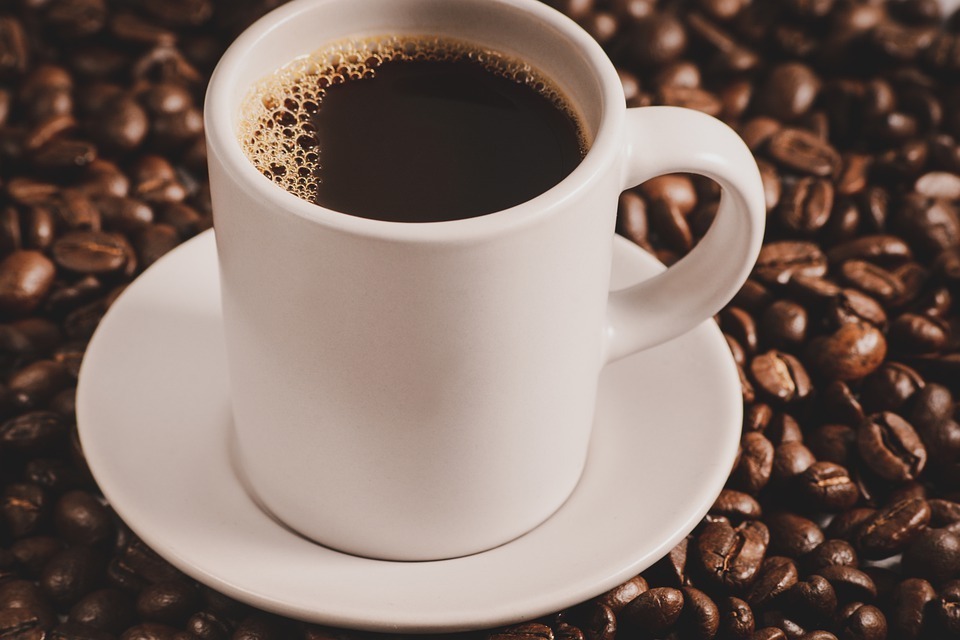Drug abuse is still a problem, and the new generation seems to have a thing for stimulants because they cause feelings of euphoria. More teens from the ages of 12 have access to illicit stimulants and try them to enjoy an induced state of bliss. Parents and guardians must know the stimulants that teens are likely to abuse.
Here is a list of stimulants that teens use that you should look out for.
1. Methamphetamine (Meth)
Methamphetamine is the strongest stimulant in the world right now, and an individual can get addicted after using it once. It can give an addict 17 hours of induced euphoria, and it causes users to take too much of it to get a longer high.
Overusing meth leads to paranoia, hallucinations, delusions, anxiety, and aggressive behavior. It can be used for smoking, swallowing, snorting, or injection.
2. Cocaine
Cocaine or crack cocaine is another powerful illicit stimulant that teens abuse to induce a feeling of euphoria and increased energy levels. Cocaine is the second among strongest stimulants, and it is used by snorting a fine powder. It is highly addictive, and long-term use can cause aggression, psychosis, paranoia, nose bleeds, runny nose, difficulty swallowing, mood swings, and seizures.
Cocaine and crack cocaine can cause many psychological issues, but they also cause physical illness because of intake. Snorting cocaine causes lung damage, while swallowing cocaine for prolonged periods causes decaying of the bowels. Using the drug through IV spreads HIV and hepatitis because of needle sharing.
3. Amphetamines
Amphetamines are prescription drugs that teens abuse looking to lose weight. The prescription drugs induce feelings of euphoria and high energy levels. Most addicts of amphetamines do so to increase the rate of weight loss and end up developing an addiction and sometimes an eating disorder. The effects of the drug include insomnia, extreme weight loss, dehydration, muscle tics, muscle loss, anxiety, and paranoia.
4. Prescription Stimulants
Prescription stimulants like Adderall and Ritalin are for helping individuals with Attention Deficit Disorder (ADD) and Attention Deficit Hyperactivity Disorder (ADHD) calm down. The drugs have the opposite effect when ingested by ordinary people. Adderall and Ritalin induce a high similar to that of illicit drugs, and it is highly addictive. The results include increased energy levels, euphoria, insomnia, alertness, restlessness, delusions, hallucinations, tremors, seizures, and paranoia. Based on teen prescription drug abuse statistics, many teenagers nowadays are abusing the use of prescription drugs.
5. MDMA (Ecstasy)
MDMA is the weakest stimulant that teens abuse, but it is a robust illicit stimulant and also a hallucinogen. It is known as molly or ecstasy, common at parties or clubs. It increases the production of feel-good hormones like dopamine, serotonin, and norepinephrine.
It is highly addictive and can lead to inability to produce serotonin after prolonged use. Some of the side effects of molly are blood clots, kidney damage, stroke, heart attack, tachycardia, and serotonin syndrome.
Keep Your Teens Drug Free
Teens are highly impressionable, and some can become addicts to stimulants thinking that they aren’t harmful. Illegal stimulants are highly addictive, and they cause psychological and physical health problems. It is essential to get professional help if you notice your teen has a drug abuse problem for treatment. Parents and individuals who interact with teens should watch them and find professional assistance immediately if they see any signs of drug abuse.

